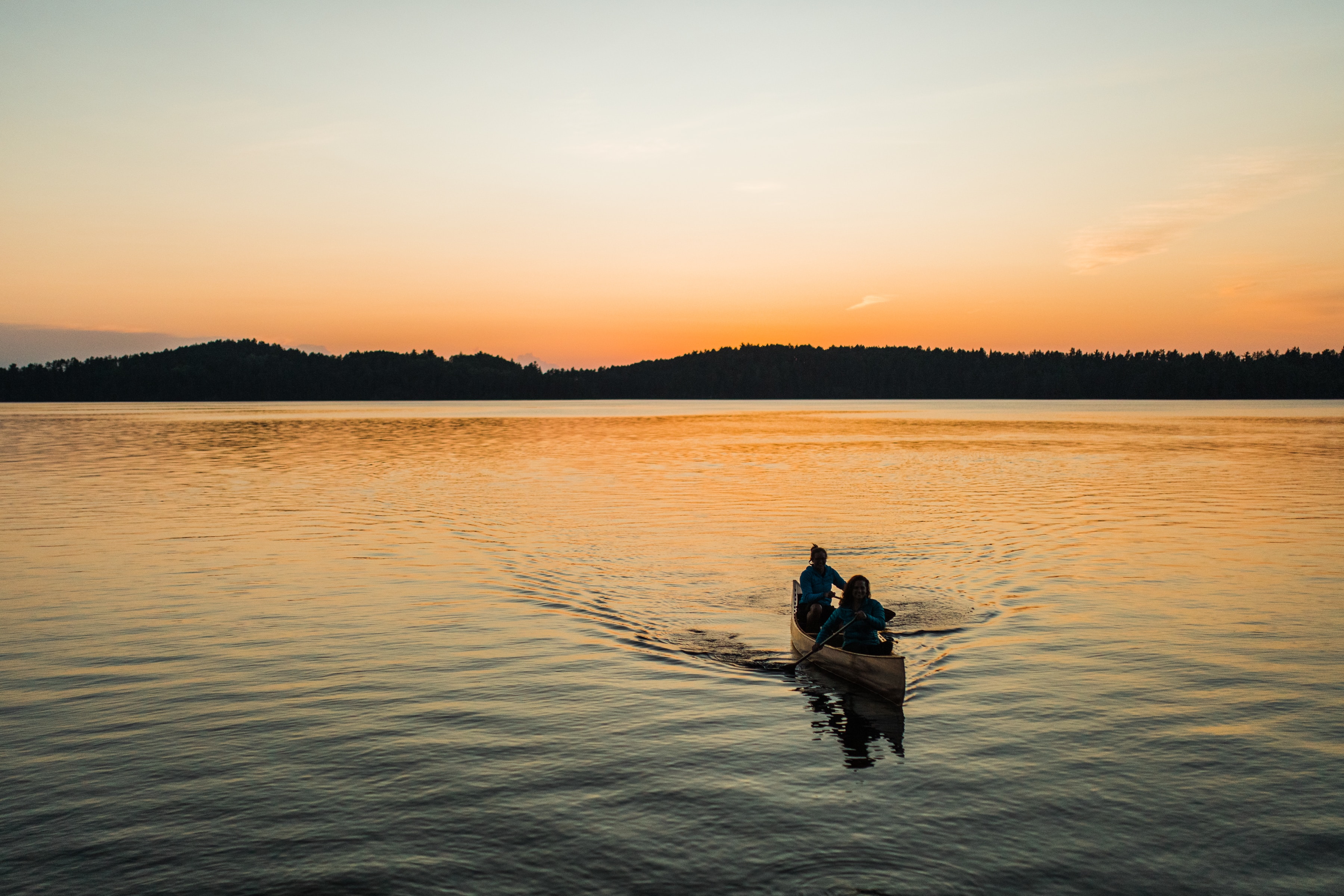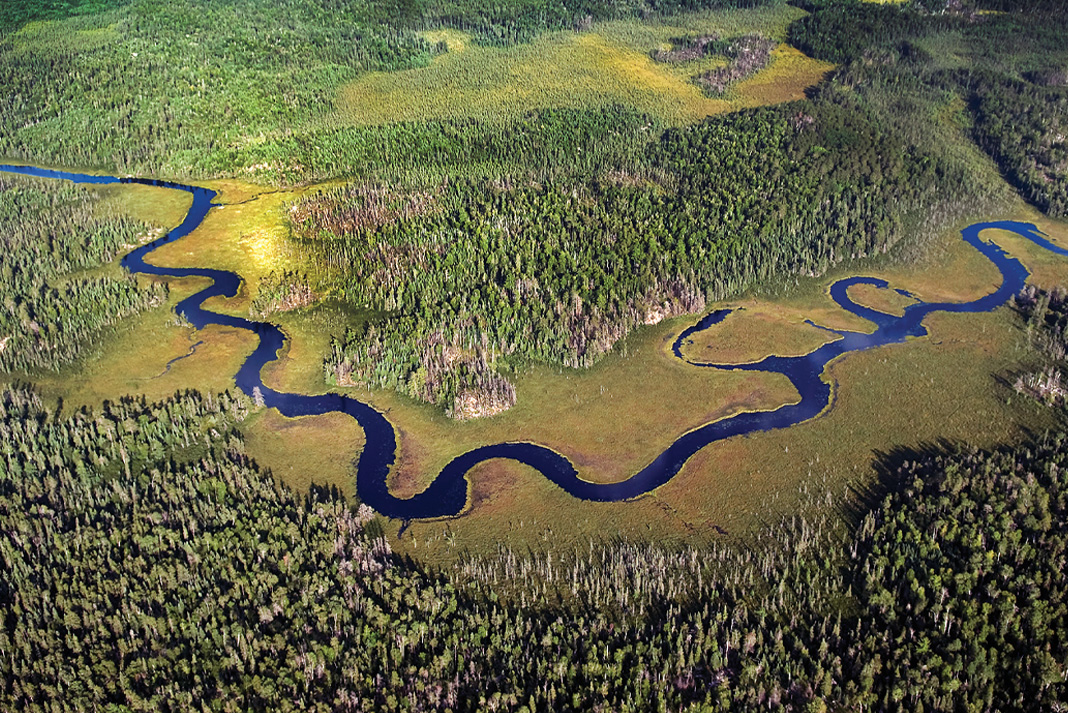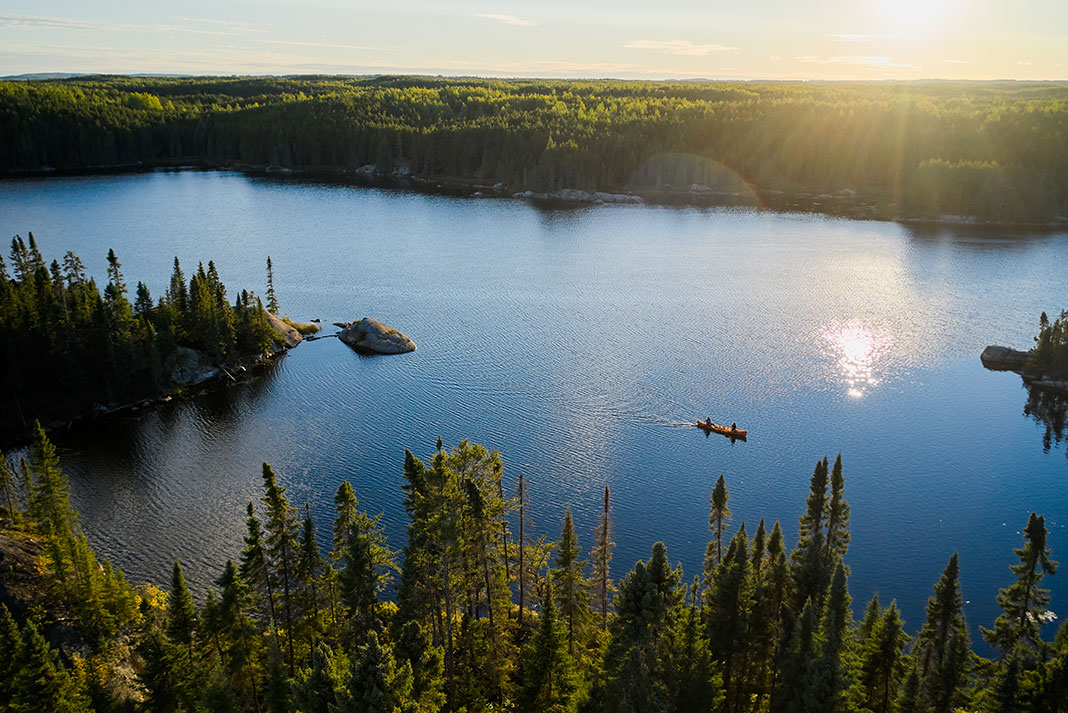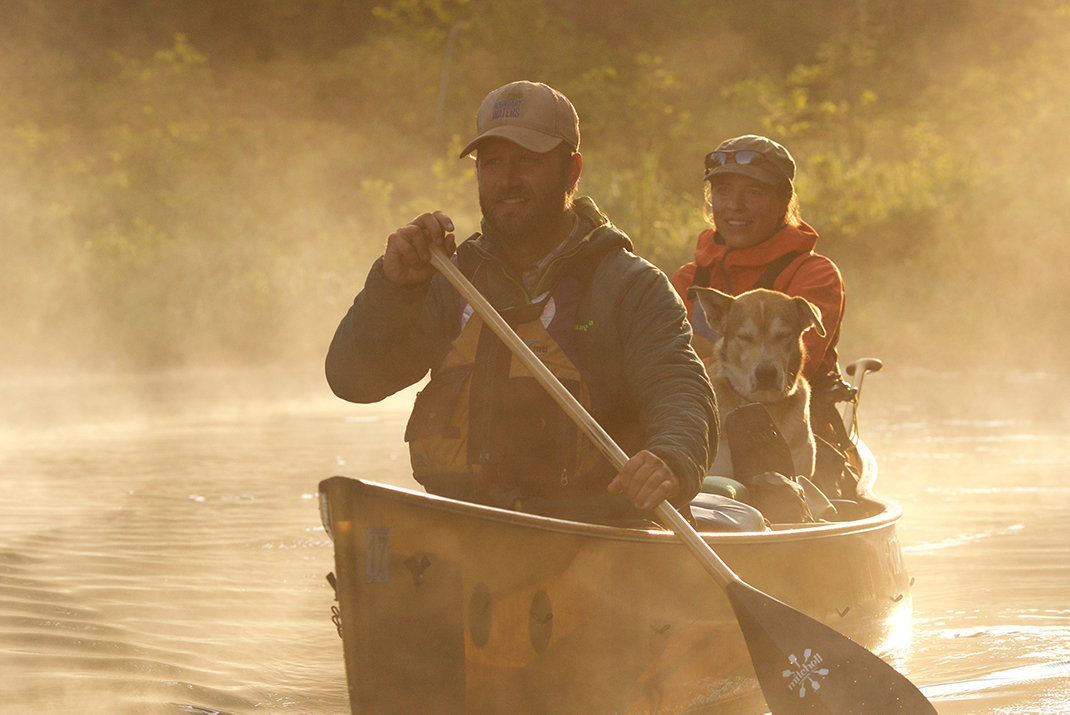“Over summers in college, I worked as a guide in the wilderness. We carried a canoe over Gichi Onigaming (known as the Grand Portage), an 8.5-mile-long path used for centuries by the Ojibwe, French voyageurs and other explorers to reach Lake Superior,” Stephanie Pearson shared of the Boundary Waters in a behind-the-scenes look at the New York Times’ “52 Places to Go in 2024.”
How the Boundary Waters landed on the New York Times’ 52 Places To Go
These days, the former canoe guide is a contributing travel writer for the New York Times, Outside and National Geographic. In the “52 Places to Go in 2024,” she shares with 10 million readers what paddlers have long known: few places in the world can compare with the wilderness of northern Minnesota.
Pearson regaled how her great-grandfather emigrated from Sweden to Minnesota in the 1800s. Her grandfather and father grew up paddling and fishing the waterways, and the travel writer herself began taking trips on the Boundary Waters Canoe Area Wilderness around the age of five.

“Today my sister and I escape to the Boundary Waters for canoe trips whenever our schedules allow,” Pearson shared of her enduring connection to the paddler paradise. “On a trip in 2018, our food pack was ripped to shreds by a black bear. I always naïvely thought this wilderness would remain pristine forever, but it is under constant threat from mining.”
The ongoing fight to save the Boundary Waters
This latter thought is a significant reason why the Minnesotan felt compelled to include her home waters on this year’s venerable travel list. The one million-acre wilderness area is home to some 1,200 miles of canoe routes connecting over 1,000 lakes. However, the prospect of copper mining activity has increased in the area over recent years, and many conservationists fear the impact extraction industries could have on this place of irreplaceable freshwater value.
The fight by conservationists and paddlers to save the Boundary Waters from the effects of copper mining has been ongoing. Famously, in 2014, Amy and Dave Freeman canoed from their home in Minnesota to Washington D.C.—collecting petition signatures on their Wenonah Itasca over the 2,000-mile journey. Conor Mihell’s 2015 article for Paddling Magazine’s former title, Canoeroots, looked at the efforts of the Freemans as well as heard from members of the communities surrounding the wilderness wetland.
“We have a unique moment in time when we the people can ask for public lands to be withheld from mining,” Becky Rom, an Ely, Minnesota-based environmental activist, said in Mihell’s article. “We have an opportunity to finish the job.”
For the time, efforts of conservationists such as the Freemans and Rom have prevailed. Pearson notes in the 52 Places article that in 2023, Interior Secretary Deb Haaland signed a 20-year moratorium on toxic mining on 225,000 acres within the Rainy River Watershed in the Boundary Waters Canoe Area Wilderness. The ban created two decades of protection for future generations of canoeists such as Pearson to immerse in the watery wilderness of the Upper Midwest and the opportunity for the writer to share the cherished value of the waters with readers worldwide.











